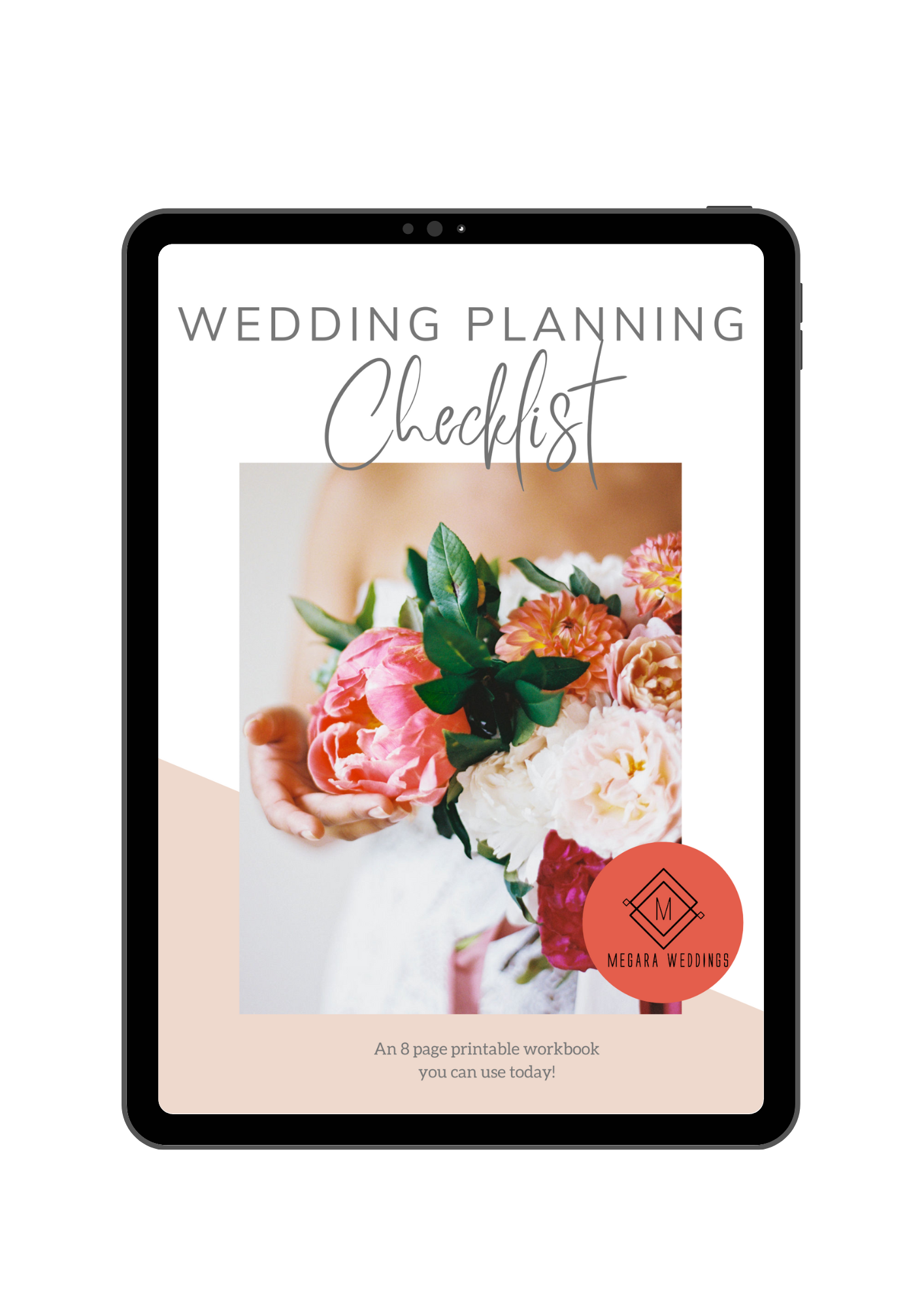Whether you are kick-starting a business or giving life to a new venture, how you introduce your brand to the world can significantly impact its growth and how customers perceive it. Your brand launch strategy can range from a simple start across a few digital platforms to a more elaborate approach involving both online and offline promotions. In this guide, you will discover the essentials of brand launching, its significance, and effective brand-building methods. Developing a successful brand demands a fair amount of work. Coordinating numerous assets for various audiences, including emails, social media, and marketing materials, is no small task. However, with careful planning, even complex brand launches can be executed without a problem.
What Is a Brand Launch?
A brand launch or brand activation is the unveiling of your business to the world. It is about setting clear goals, understanding your customers, knowing your industry landscape, and having a strong brand message. During this exciting phase, you get to shape how people perceive your brand and position your business in the market. Your brand messaging and core values play a big role here.
Why Is Brand Activation Necessary?
A brand launch does wonders for businesses. It builds excitement, gets valuable feedback from early customers, builds momentum, and gets your business noticed in the industry. It is a crucial part of your marketing strategy and a chance to engage with potential and current customers alike. With every step of your launch, you open doors to some exciting possibilities:
- Spreading the word about your brand.
- Strengthening customer bonds.
- Boosting your brand’s image.
- Creating new content for social media.
- Grabbing the spotlight.
- Closing deals and boosting sales.
How a Brand Launch Can Benefit Your Business
A brand launch can reveal unexpected income streams, giving you revenue sources you might not have thought about before. It’s not just about introducing your products; it’s about making them strong contenders in the market. Plus, a brand launch isn’t only about external impact – it can foster better teamwork and communication within your team, creating stronger connections and collaboration.
Should You Consider a Brand Launch?
Is a brand launch right for you? Designing a strategy and hosting an event may be a powerful tool if your business falls into one of these categories:
- A new business entering the market: If you are just starting out, chances are you have put a lot of effort into your business plan. A brand launch can help you create a buzz in the market and get noticed by the people you are aiming for. The goal? Get as many eyes on your brand as possible.
- An existing business with fresh offerings: If your business is already known but you are introducing something new, sharing the news in a big way is key to getting the ball rolling. Imagine you are adding a feature to your product or launching an app – highlight its benefits and possibly consider special discounts for early users.
- A business with a new look: When you give your brand a makeover to stay current and valuable in a changing market, it is a smart move to plan a brand launch. This kind of launch takes some extra planning. You will want to get your team on board and share the new vision with your audience before making it public.
- A new marketing campaign: Got a new campaign in the works for a fresh or existing product? Connect it tightly to your brand launch. Use the launch to gather feedback, boost awareness, and drive sales. The key is making sure your launch lines up with what your campaign aims to achieve.
No matter where your business fits, a brand launch is your chance to shine.
Different Ways to Introduce Your Brand
Various approaches can make your brand launch stand out: an open-to-all in-person event, an exclusive gathering for industry connections, an inside scoop for your team, or a virtual webinar. Don’t forget the power of email marketing, teaming up with influencers, sparking social media excitement through competitions, and encouraging referrals. The magic lies in combining these tactics. A major launch could weave together five or more elements, while a more modest one might blend two or three for impact.
The Stages of a Brand Launch
There are three main phases of a launch to prepare for:
- Pre-launch: This is all about building anticipation before your brand or product hits the market. It is a chance to create excitement, gather leads, and test marketing strategies. Plan tasks and allocate roles. You may want to consider teasing your audience without giving away too much. Press releases, influencer partnerships, social media content, and more can be part of this phase.
- Launch: This is the big day! Whether it is a digital launch or a live event, coordination is key. Ensure your website can handle traffic, social media posts are on schedule, and customer queries are addressed. Keep an eye on metrics like hashtag use, engagement, email open rates, sales, and customer sentiment to measure success.
- Post-launch: Once your launch is over, it is time not only to celebrate but to gather feedback too. Engage with your audience through emails, calls, or website comments to learn how they received your product. This phase offers insights for future improvements and success. Don’t forget to wrap up any loose ends like announcing competition winners, collecting feedback, creating case studies, and analysing data.
Each phase is important for a successful launch, from building excitement to assessing feedback for future growth.
Challenges of Brand Activation
Here are some reasons why brand launches can fail:
- Confusing messaging: If your brand message, value proposition, and expertise are unclear, it can lead to confusion among your audience.
- Lack of memorability: Brands that don’t stand out can get lost in the digital noise. Being memorable, with an easy-to-spell name and distinctive branding, is crucial.
- Poor user experience: A bad user experience, caused by messy websites or broken links, can turn off new customers. It’s essential to make your website and products easy to find, access, and purchase.
Steps To a Successful Brand Launch
Creating a successful brand launch strategy involves careful planning, research, and execution. Here is a simplified breakdown of the steps you need to take:
Pre-launch phase
- Identify your audience
Knowing your target customers will inform every step that follows in your brand launch strategy. To do this effectively, start by identifying who your customers are by learning what matters to them, what issues they face, and what products they are currently using or looking for to address those problems. This will help you tailor your brand to meet their needs through emotionally resonant messaging. Segment your target audience based on interests and intentional purchase behaviour to create even more personalised communication that can foster brand loyalty. If you are re-identifying your brand’s audience, be sure to start with your current audience. Analyse their interests, then track sales data, understand where they find you, and study how your competitors target them. Use this information to focus your energy on the channels where your audience interacts with your brand, adding compelling calls-to-action to drive sales conversions.
- Establish your brand identity
Building a brand identity is a vital part of successful marketing, whether you are starting fresh or rebranding. It is not just about how your brand looks but also how it communicates and makes your audience feel. To create a strong brand identity, start by grasping your business’s core values and objectives. This forms the foundation for how your brand looks and communicates and includes elements like your logo, colours, typography, voice, and personality. Your brand story, then, is the narrative that connects your identity with your audience, conveying your purpose and benefits. To ensure success, it is crucial to test and validate your brand identity and story with your audience to make sure they are clear, consistent, and compelling.
- Set launch goals
Before launching your brand, you need to set clear and specific goals. These goals serve as a roadmap, helping you allocate resources effectively and track your progress. Different businesses have unique objectives for their brand launches, but common ones include increasing brand awareness, boosting sales, and acquiring new customers. Once you have defined your goals, you can start crafting your brand messaging to resonate with your target audience. Consider your product’s functional and emotional benefits, the preferences of your audience, and the tone you want your brand to convey. These steps will guide you in creating a launch campaign that aligns with your objectives.
- Design creative brand assets
When launching any campaign, you need brand assets to engage, educate, and convert your audience. These assets can include client testimonials, guides, infographics, blog posts, newsletters, branded images, GIFs, videos, and email materials. Your logo is a pivotal part of your brand assets, guiding your design choices. Your brand assets should align with your brand’s message and create a style guide for consistency. Repeating your visual elements and messaging will mean your audience can easily recognise and remember your brand.
- Build anticipation
Start spreading the word and creating excitement around your brand by teasing your audience with snippets of information. To do this, you can collaborate with influencers, use paid campaigns, and form strategic partnerships. Here are some channels to build hype:
- Social media: Social media has become a powerful marketing tool. Regardless of your follower count, share your product on all the platforms where you are active. Consider using teaser launch campaigns to pique interest.
- Press releases: Writing a press release (around 500 words) and posting it on press release websites is a great way to inform your target audience about your new product.
- Promotional items: People love promotional products, and they help spread the word about your brand. Giving out samples of your physical products will aid in introducing potential customers to your offerings.
- Email marketing: Building an email list allows you to send personalised messages and promotions directly to your audience. Ensure your email campaigns are engaging and valuable to your subscribers. These strategies can help you create a buzz and connect with your audience even before your brand or product officially launches.
- Think ahead
It might sound obvious, but it’s surprising how many businesses underestimate the time, planning, and hard work needed for a successful brand launch. Rushing through it without a well-thought-out plan can not only fail to meet your business goals but can also harm your brand’s image. Be sure to budget enough time to plan your launch and create a successful reveal!
- Plan a launch event
A launch event is a fantastic way to create excitement for your brand and show off your products or services to a specific audience. When planning your event, here are some things to think about:
- In-person or virtual: Decide whether your event will be in-person or online. Both can be effective, so choose the one that suits your goals and audience best.
- A suitable venue: If you are opting for an in-person event, choose a venue that matches your brand identity. It may be the overall look and feel of the building that works or what it represents.
- A memorable theme: Relate the theme of your event to the product or service you are offering and centre the event around it. You could have workshops or activities that incorporate your offering, keeping your brand at the front of everyone’s mind when they leave.
- Engaging activities: Plan fun and interesting activities or presentations that will grab your audience’s attention and keep them engaged. At Megara, our dynamic team can help you bring together all the details. We specialise in creating experiences that audiences won’t easily forget and will give you a leg up in your brand activation! Chat with us for a complimentary consultation.
- Draw up a launch timeline: Having a specific launch date is important to ensure a smooth transition to your new brand identity. This timeline serves as a visual roadmap for the entire launch process, including planning, launch day, and post-launch activities.
Launch phase
- Get your team on board first
Consider starting your brand launch within your team before going public. This internal launch helps your employees understand the new brand and appreciate their contributions. It’s not a must for marketing but boosts workplace morale, showing your team that their efforts matter. It’s a chance to celebrate together and ensure everyone feels valued.
- Introduce your brand to the world!
Your launch day is a major marketing event, the culmination of your hard work. All your brand assets are ready and social media posts scheduled – you’re set to make a big impact. If it’s an event, you will be busy networking, overseeing, and speaking. A launch event isn’t a must, but it can be incredibly effective for your brand. If your launch is online, monitor the audience, answer questions, or do a live Q&A. However you do it, take a moment to celebrate your success – a successful launch is a big achievement!
Post-launch evaluation
- Debrief with the team
Have a discussion with your team to consider what went well during the launch and what might need improvement. If you faced unexpected challenges, how did your team handle them? Are there aspects of your strategy that require some attention? These insights will help you build a strong approach for the future of your brand.
- Gather feedback
In addition to hearing what your team picked up, you should create spaces for your target audience to share their impressions of your product or service. Honest thoughts from early users will be incredibly valuable in shaping your brand as it grows.
- Analyse the results and refine your strategies
After launching your brand, you need to track how well it is doing. Look at key performance indicators (KPIs) on the digital channels you have used. If a channel isn’t performing well, adjust your strategy. This might mean changing creative assets or tactics in paid campaigns. Optimising your campaign this way helps you reach a broader audience that you might have missed initially. Bear in mind that building a brand does not stop at creating a logo or website. It is about being consistent in everything, from your website theme to customer service to packaging. As you reach more customers and learn about them, your brand will evolve. By following these steps, you will be well-prepared to launch your brand successfully and create a lasting impact on your target audience.
Conclusion
To sum it up, a successful brand launch goes beyond just unveiling a new logo or product. It’s about telling a story that really speaks with your target audience. This means careful planning, from understanding who your audience is to setting clear goals. It also involves smart marketing and engagement strategies, both online and offline, to get people excited. Plus, remember that a brand launch is not a one-time event; it’s an ongoing journey where you need to stay consistent and adaptable. By avoiding common mistakes like unclear messaging, forgettable branding, and poor user experience, you can put your brand on a path to long-term success. Keeping these principles in mind won’t only grab attention but also build lasting relationships with your customers, ensuring your brand keeps growing and thriving.
Our team at Megara has planned activation events for some of South Africa’s biggest brands. We strive for excellence, customising memorable experiences to get your brand out there. Contact us for a complimentary consultation to discuss how we can bring your offering into the limelight.








